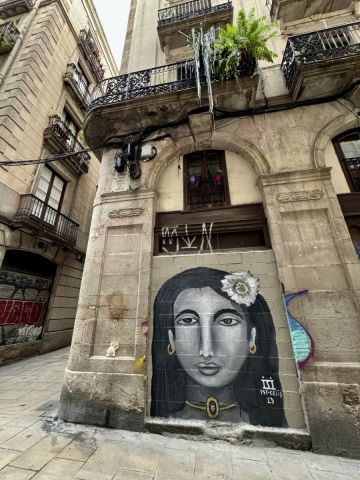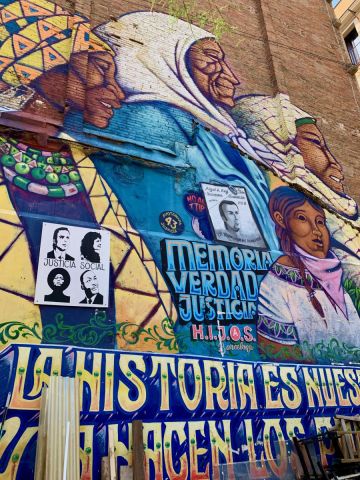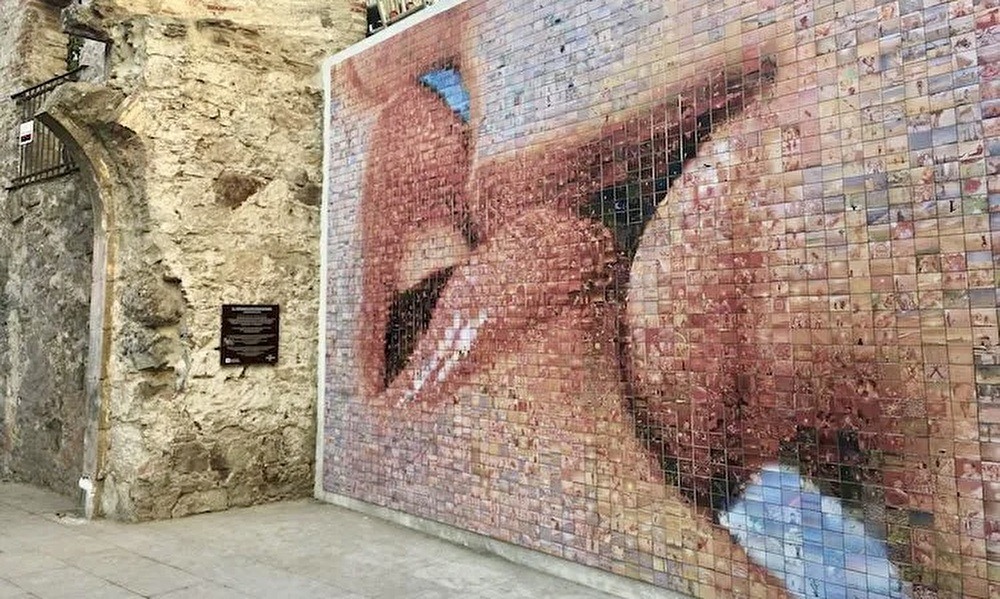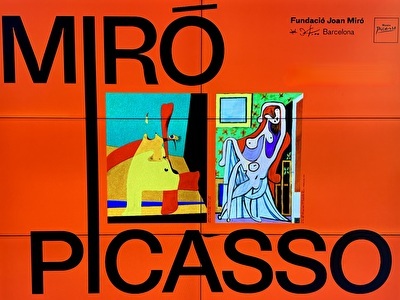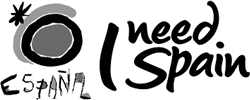Barcelona and its walls: colorful graffiti
Cultural context: why graffiti thrives here
The city has traditionally been a meeting place for artists, migrants, and subcultures; neighborhoods like El Raval, Poblenou, Gràcia, and El Carmel have served as the laboratory for Barcelona's visual experiments for decades. Industrial decay (old warehouses in Poblenou, for example) offered large, inexpensive surfaces; the mix of tourism, party culture, and a young creative scene created a breeding ground in which graffiti flourished—both as an illegal act and as commercial or staged murals.
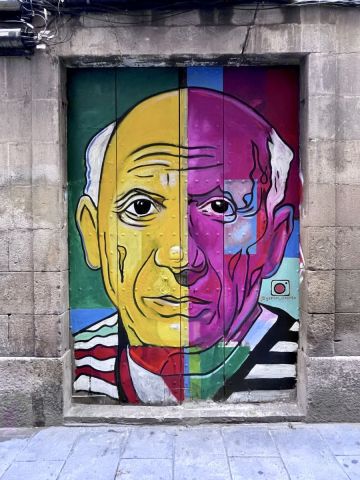
Pablo Picasso in El Born
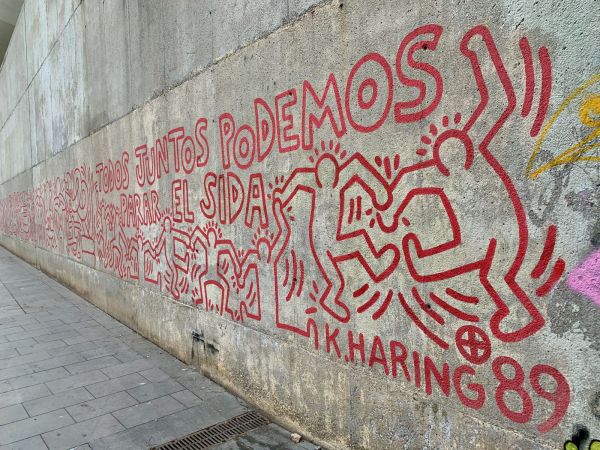
Keith Haring in El Raval
Forms and Techniques — From Tag to Megamural
These are the main forms of graffiti and street art you'll encounter in Barcelona (and in general):
- Tag: The quickly executed signature of a graffiti artist. Usually one color, small, and repetitive. This is the most basic form and often the most controversial.
- Throw-up (throwie): Larger, convex letters or shapes — created faster than an elaborate "piece," often with one or two colors and an outline.
- Piece (masterpiece): Advanced, often colorful works with shadows, color transitions, and complex letterforms — requiring time and technique.
- Wildstyle: An extremely complex, often almost illegible lettering style full of connecting lines and 3D effects; intended for other artists, not for the general public.
- Stencil: Templates used to quickly apply repeatable images or messages. They are efficient and can be politically charged.
- Paste-up: Paper or printed images pasted onto walls; fast and reproducible.
- Sticker art (slaps): small stickers with logos or drawings, pasted on lampposts, mailboxes, or message boards.
- Mural: large murals, often legal or commissioned, with a clear artistic or social concept.
- 3D / installation / mixed media: increasing trend to use objects, reliefs, or multiple materials; sometimes the photographer outlasts the wall.
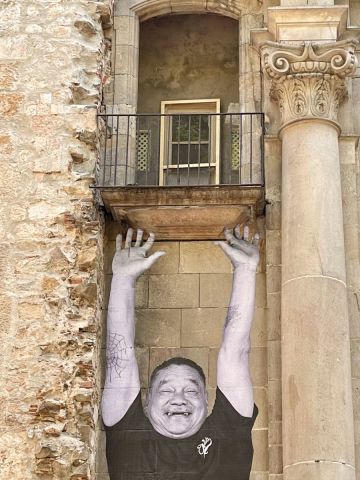
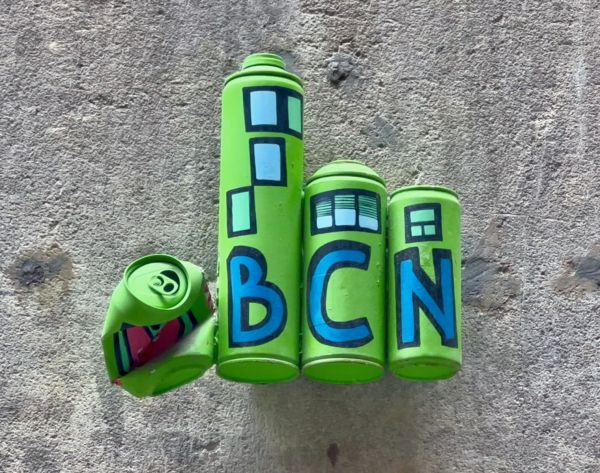
The styles and techniques vary enormously: some artists work with spray cans and lettering, others with brushwork and large rollers. Barcelona offers all sorts of variations—from quick tags in an alley to monumental murals on industrial walls.
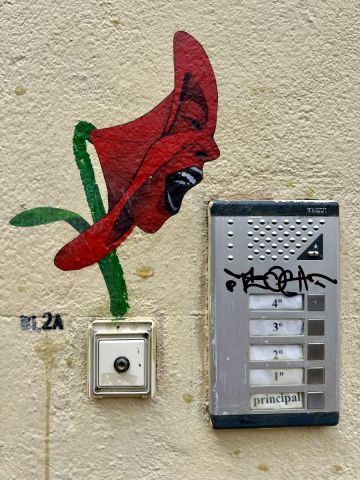
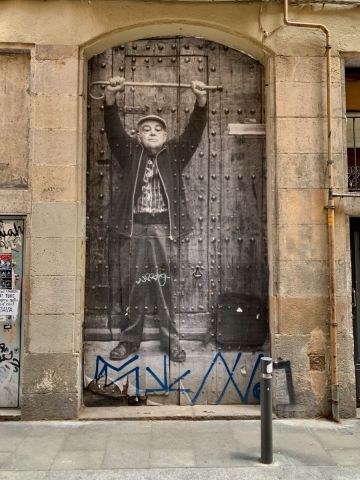
Where in the city can you see what?
- El Raval and the Gothic Quarter: many small paste-ups, stencils, and stickers, plus pockets of larger murals in dead-end alleys.
- Poblenou: former factory districts with large walls for elaborate murals and legal walls.
- El Carmel (including Ciutat Meridiana/El Carmel): known for several iconic murals on gently sloping streets.
- Tres Xemeneies / Poble Sec: historically a hotspot for writers and sometimes concentrated legal walls or places where free expression was tolerated.
Legal walls and initiatives
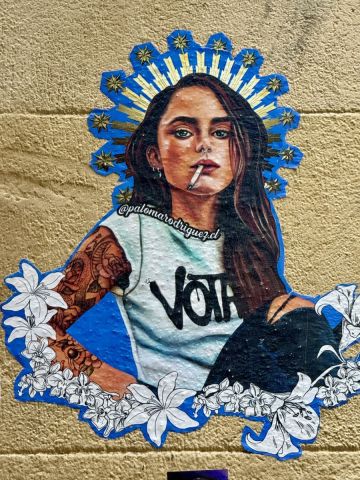

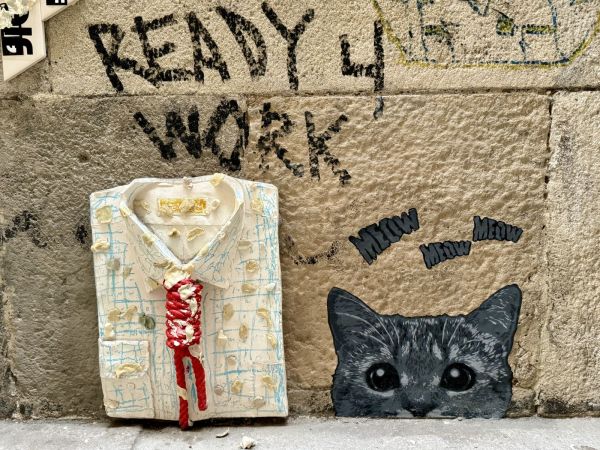
The city has recognized that it cannot simply ban graffiti, so there are initiatives and places where you can legally paint. Local nonprofits and platforms (for example, initiatives like "Murs Lliures") help artists book a wall or provide information about free walls.
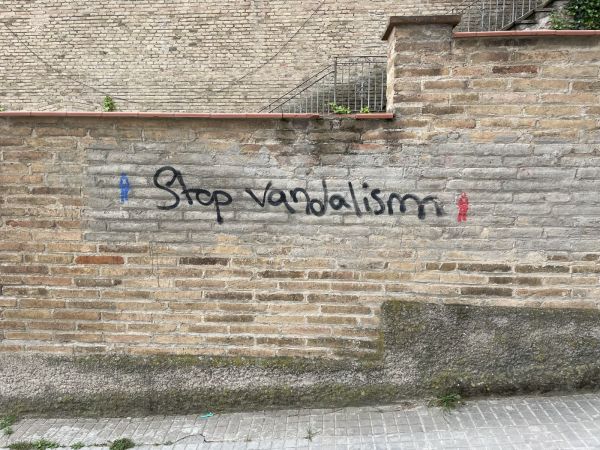
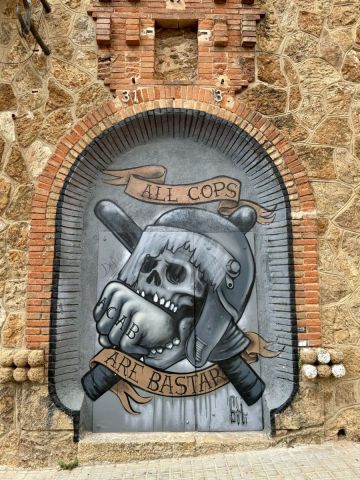
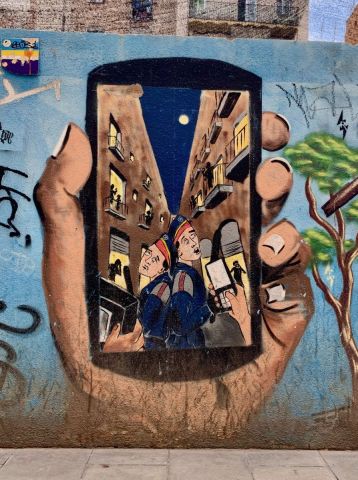
What does the law (and the city council) say?
Here's the concrete: Barcelona's municipal services have been pursuing a policy for years that aims to ensure the cleanliness of public spaces while also providing space for organized street art. The official municipal cleaning service handles the removal of pintadas, graffiti, posters, and stickers from buildings and heritage sites. Placing posters and stickers on facades is also prohibited and can be fined as "uncivil" behavior.
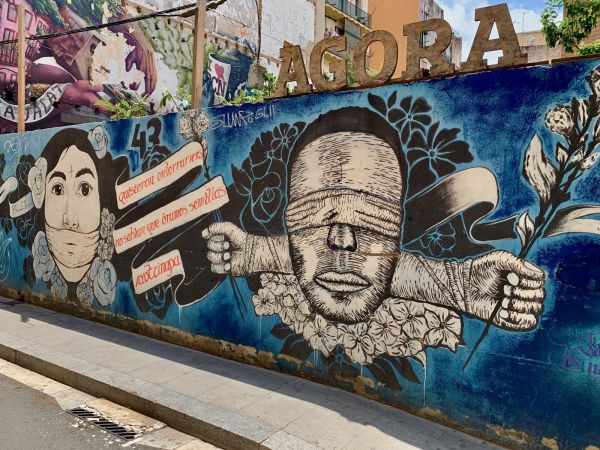
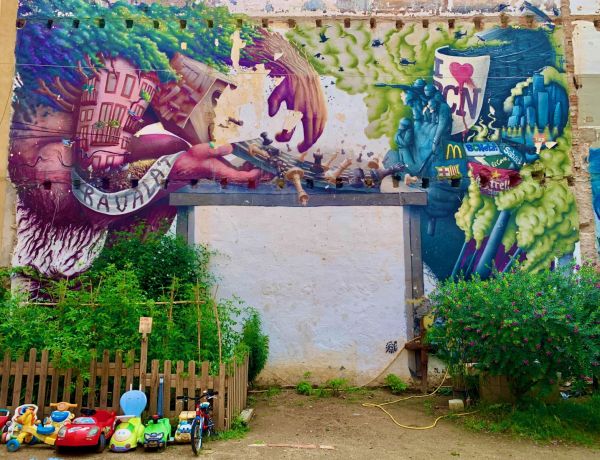
The arguments for and against — a short debate
Proponents argue that graffiti is a form of urban democracy: walls speak of identity, frustration, and creativity. Large murals attract tourism, green industrial areas, and offer young people perspectives. Opponents point to pollution, damage to heritage, and the cost of cleanup. Municipal policy is balancing between these two positions: promoting legal projects and festivals on the one hand, and enforcing illegal murals on the other.
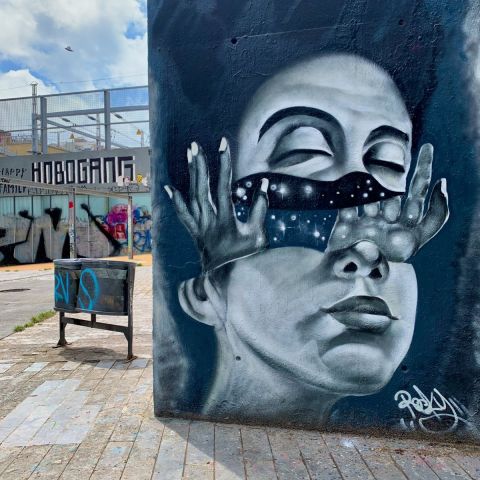
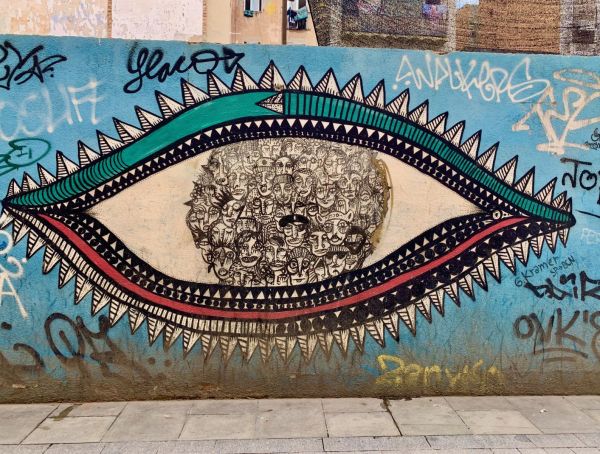
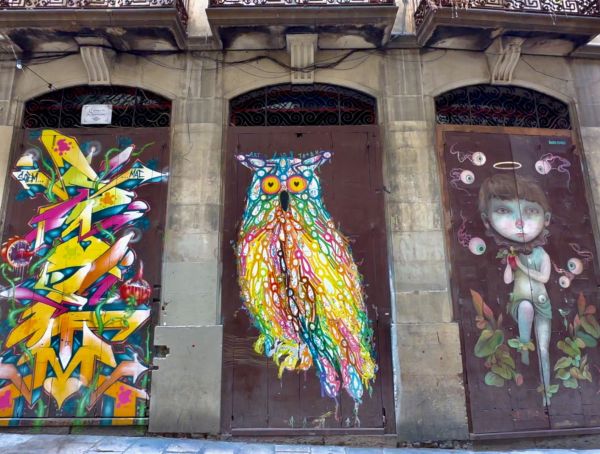
Why it remains important to look and listen
Graffiti in Barcelona is more than vandalism or decoration—it reflects urban tensions, artistic drive, and how a city shares its public spaces. Anyone walking through Barcelona and looking closely at walls will see layers of history: political messages, territorial markers, commercial murals, and small, personal drawings. The challenge for residents and government officials is to cherish this diversity without allowing public spaces to deteriorate—and that is precisely what the debate about rules and ordenanza is about.
